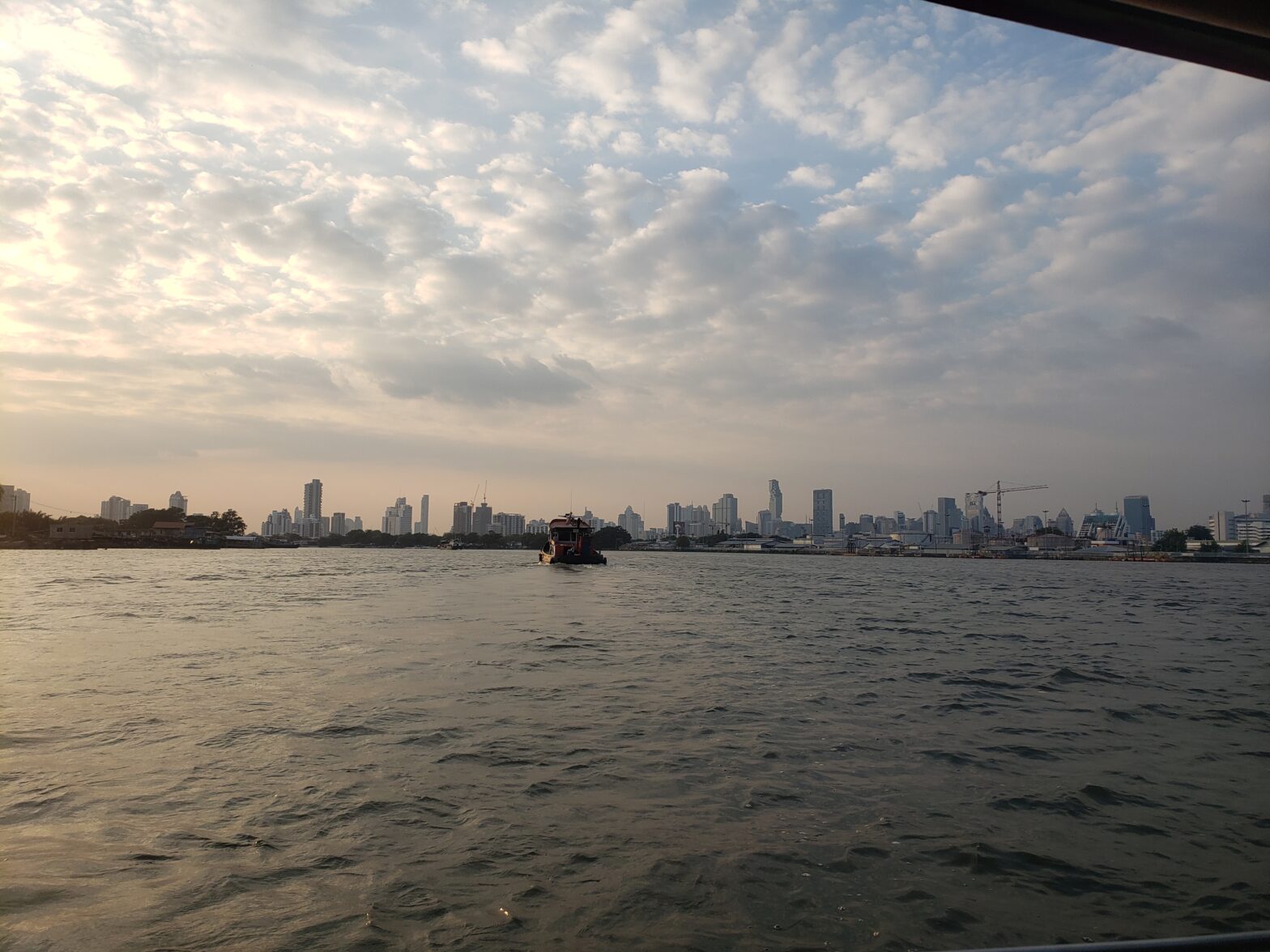Some cities are built on the water. Venice and Amsterdam come to mind. Neither of them are of the size and density of Bangkok. During my travels I observe a lot about cities, and I’ll write about these a lot coming up. Bangkok is interesting especially because it’s in transition; it’s the bustling capital of a middle-income country, with a lot of the old humble life yet also the newer riches of an international city.
If there’s one thing that distinguishes Bangkok from a great many other cities in the world of its size, it’s its canals. Which makes it all the more important for water to be integrated into the everyday life of the city.
Water has been of great importance to Bangkok’s history and life. Canals and rivers have been the lifeline for trade, transportation, and defence of the city. Sadly, in 21th century Bangkok, these waterways can do much more than transportation and—you guessed it—wastewater (ewwww).
I have had the opportunity to visit four canals and rivers in Bangkok during my work for orienteering in Thailand, which not only provided me with insight, but also got my creative brain getting to work on how these waterways might make Bangkokians’ lives more enjoyable.
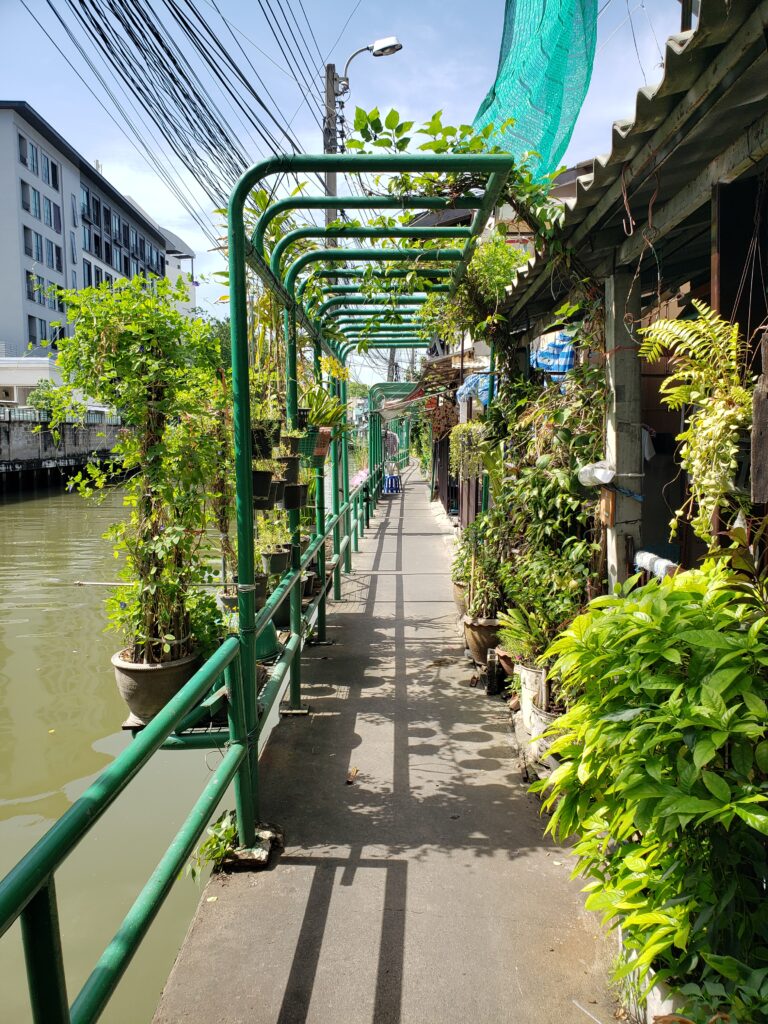
1. Khlong Saen Saep
Khlong Saen Saep is a canal that runs from the old town eastward, all the way to the suburbs. Along this canal is a famous transit boat service that’s frequented by locals and tourists.
Some of the canal banks, but sadly not all, are accessible by walking paths. It’d be so nice if walking and cycling paths could run along the entire stretch of canal.
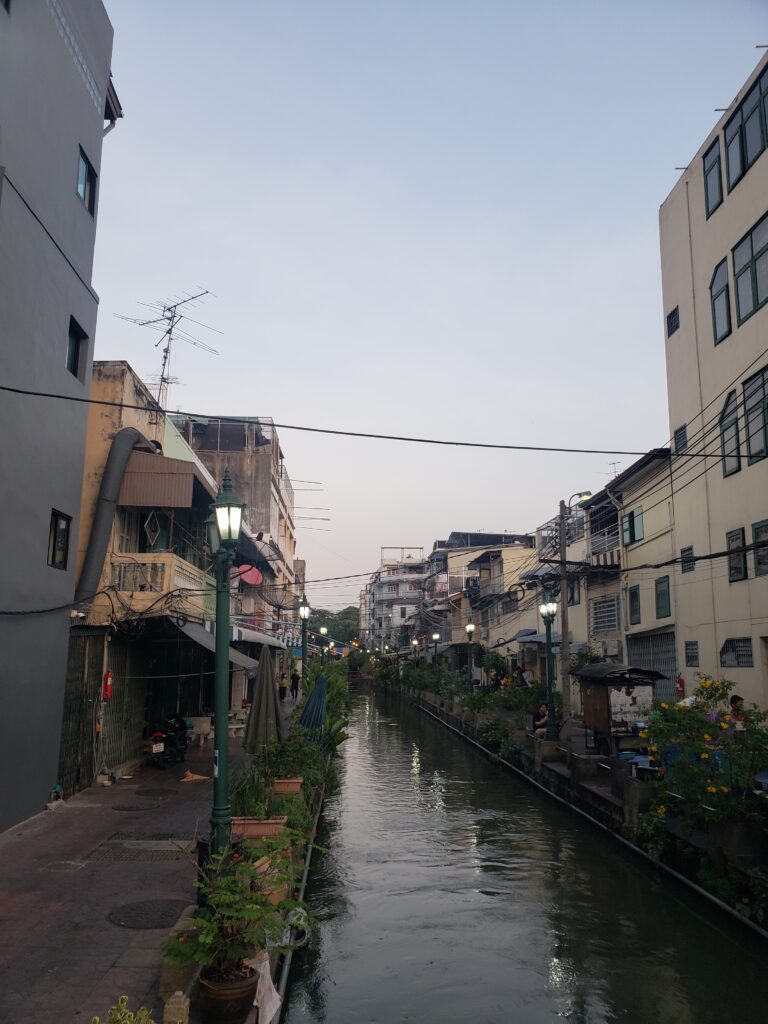
2. Old town
Canals are an essential feature of the old town of Bangkok, and a walk along the canals is something you got to do in the old town.
Food trolleys along the canal make your visit an enriching experience.
That said, some canals stink:
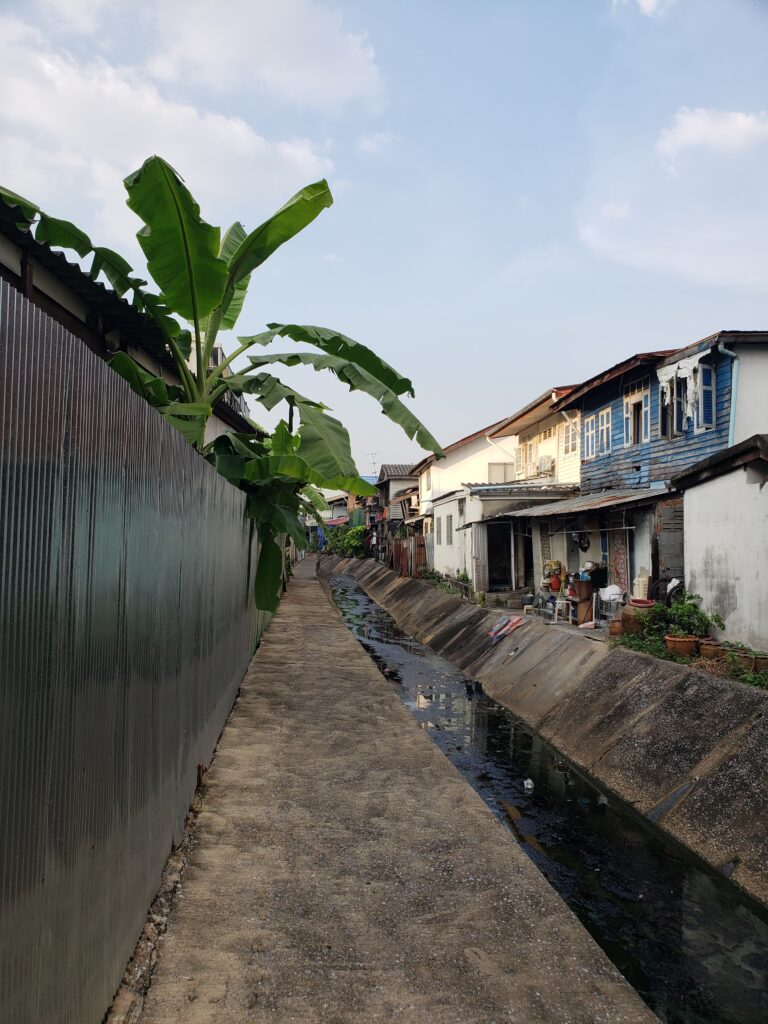
3. Huai Khwang
The name Huai Khwang means “barricaded creek”, and indeed it has a creek running through the vibrant nightlife area. As for the creek—it’s in a very unfortunate state.
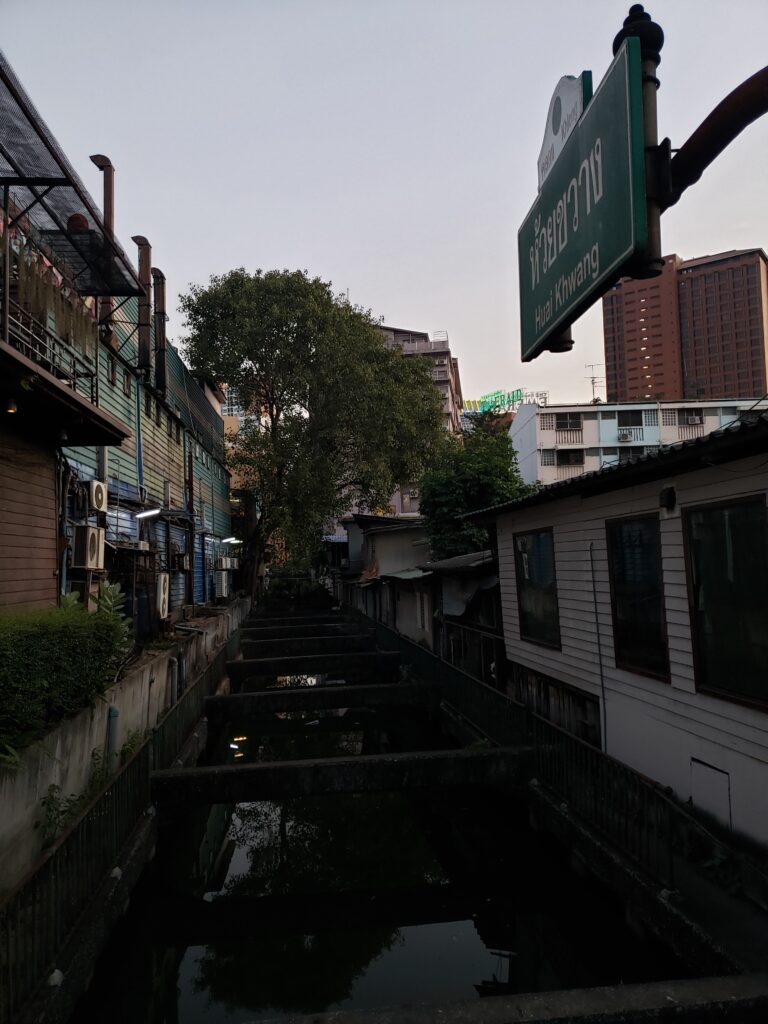
Wastewater dumping is still, unfortunately, quite normal in Bangkok and it has
Inner city creeks/nullahs like this are numerous throughout Bangkok. Imagine how much potential for citizens’ recreation it would create were all of Bangkok’s waterways to be cleaned up!
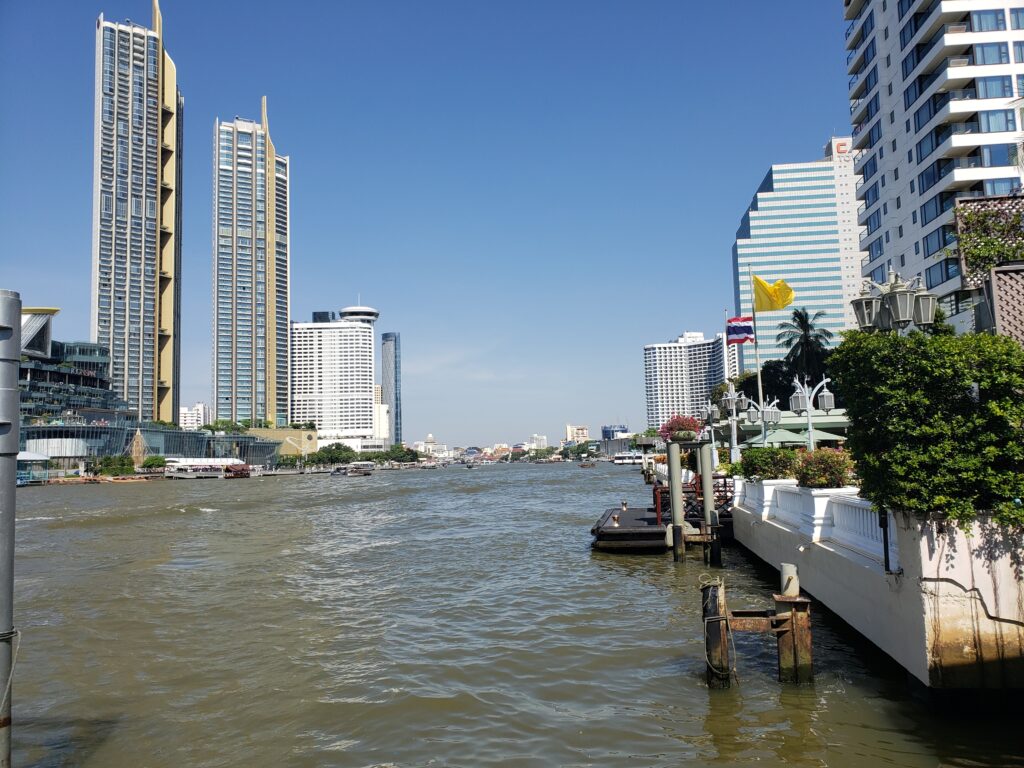
4. Chao Phraya
The Chao Phraya, of course, is the most famous river in Bangkok and probably of all Thailand. A ride on the transit boat is widely regarded as a must for Bangkok visitors; it’s useful for going around town along the river too.
Its water quality, however, leaves something to be desired. Imagine if we can safely swim and play in the river—how wonderful it might be?
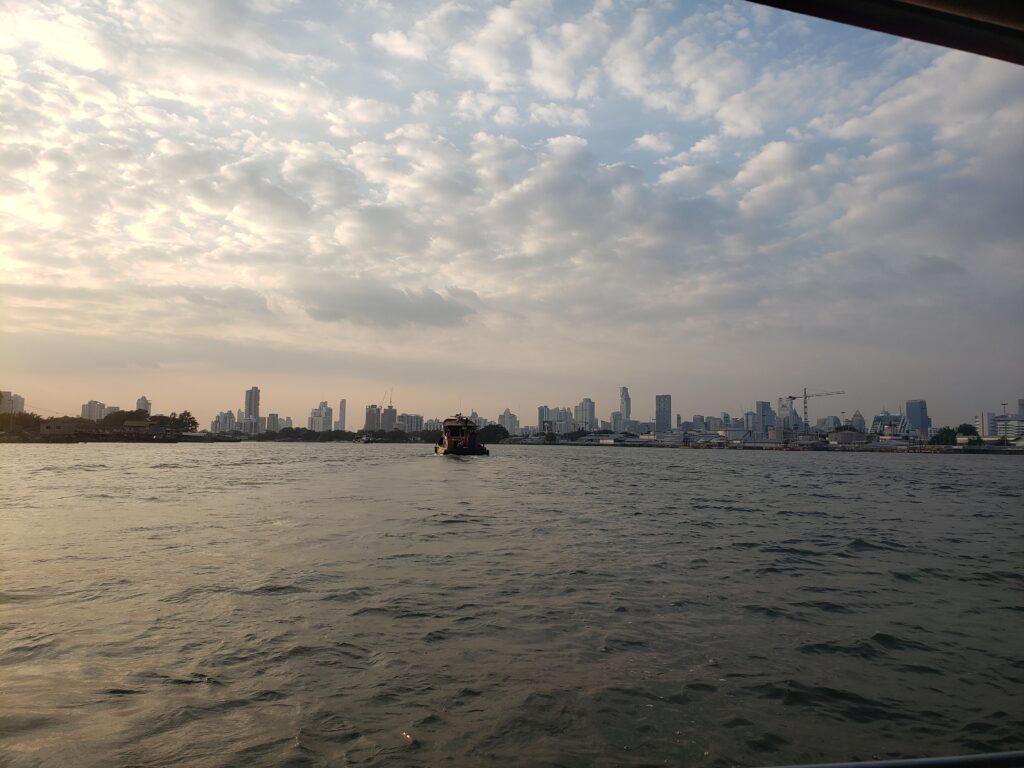
Water and the city
It’s safe to say if Bangkok cleaned up its waters to make them safe to play in, it could easily become the most livable city in the world. How to do it though, that’s the question.
Some people that I talked to seem to take the dirty waters for granted. It must be quite a gargantuan effort to clean up all the waterways where everyone has been dumping their trash and refuse in.
I’m imagining that Bangkok could enact a regional water treatment scheme, whereby waste water from a wider area is sent to a central treatment plant for purification before release. There will be a lot of work to do, but the network can be built in stages.
The Chao Phraya wouldn’t be safe for swimming in a day, but perhaps it will be in a decade or two, and the social dividends are huge. Urban water would thus be restored to the essential texture of urban life, and the daily life of Bangkokians, in an enjoyable way. And wildlife would blossom too—imagine how wholesome it would be to see healthy fish in the rivers and canals.

